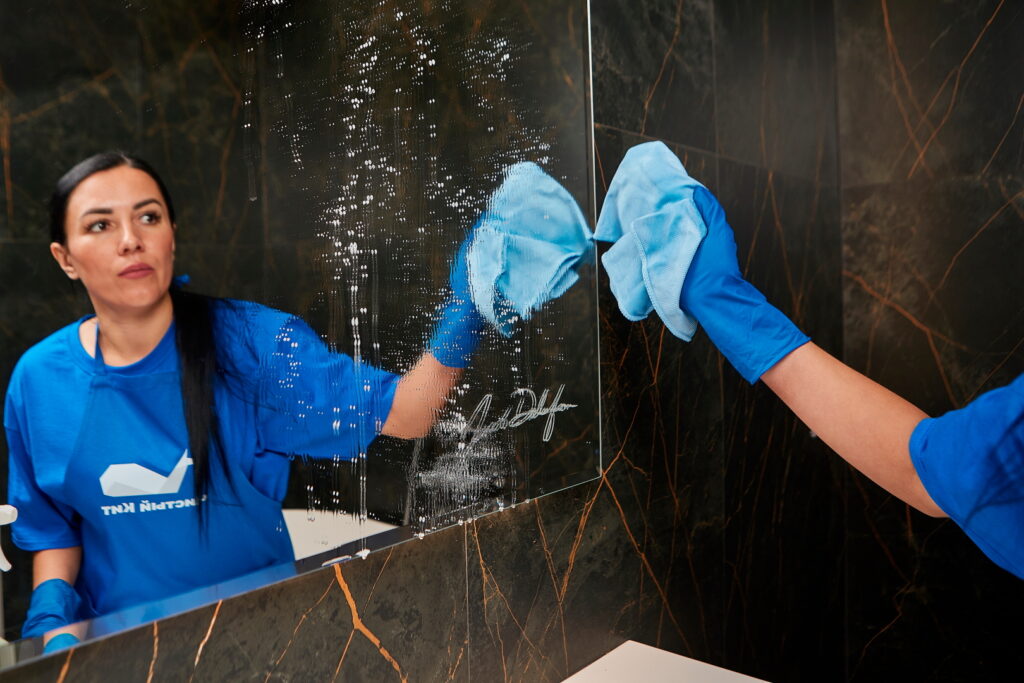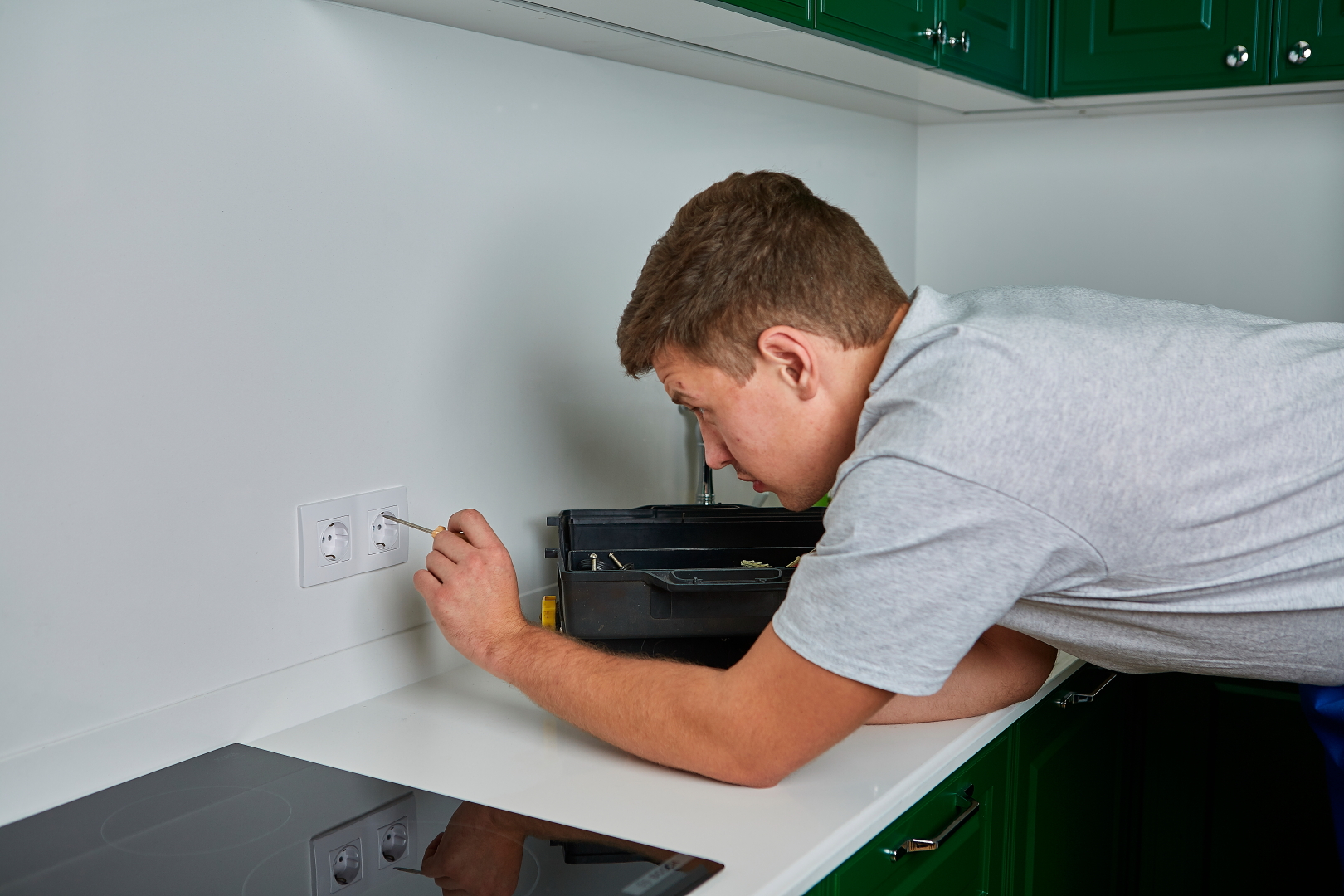How to protect your home during flu season: 7 sanitization services that really make a difference
As the crisp air heralds the arrival of flu season, ensuring a clean and sanitized environment becomes paramount. With the flu virus lurking on surfaces we touch daily, investing in professional sanitization services is a proactive step to shield your family and colleagues from this annual viral intruder. Whether you're managing a bustling office or ensuring your home remains a safe haven, understanding the essential sanitization services available can make all the difference.

Understanding the Importance of Sanitization Services
During flu season, the threat of illness looms larger than usual. The flu virus is notorious for surviving on surfaces for extended periods, making everyday environments, from homes to offices, potential hotbeds for germs. A comprehensive approach to sanitization, therefore, becomes crucial in minimizing the risk of infection.
1. Why Opt for Professional Sanitization?
Professional sanitization services employ industry-grade disinfectants and equipment, ensuring that virus-laden areas are thoroughly sterilized. Unlike DIY solutions, expert services guarantee adherence to health standards and use products that are effective at killing pathogens without harming surfaces or individuals.
2. Key Areas that Require Sanitization
It's essential to focus on high-touch surfaces which include:
- Doorknobs and Handles: Every doorway is a potential germ hotspot.
- Electronic Gadgets: Phones, keyboards, and remotes harbor countless bacteria.
- Communal Areas: From shared kitchens to office break rooms, these spaces are vulnerable to contaminants.
- Restrooms: A high-traffic area where extra attention is needed.
3. Understanding Different Sanitization Techniques
Some common techniques include:
- Electrostatic Spraying: This advanced method ensures even distribution of disinfectants on surfaces.
- Fogging: Creates a mist that eliminates germs in hard-to-reach areas.
- Ultra-Violet (UV) Light Technology: Breaks down microorganisms at a molecular level.
4. Frequently Asked Questions About Flu Season Sanitization
Q: How often should sanitization services be scheduled?
A: Frequency depends on the environmental traffic and exposure, but a weekly service is recommended during the peak of flu season.
Q: Are green products effective for sanitization?
A: Many eco-friendly products offer comparable efficacy to industrial chemicals, ensuring safety without compromising cleanliness.
Q: Is it possible to sanitize without disrupting daily activities?
A: Yes, many services offer after-hours or weekend sessions to maintain normal operations.
Statistical Insights: The Efficacy of Regular Sanitization
Studies reveal that workplaces utilizing routine professional sanitization saw a 30% reduction in illness-related absences. Further, homes with regular sanitization services reported fewer family members contracting the flu.
5. Crafting a Sanitization Plan for Your Space
Adopting a strategic approach ensures that all critical areas are addressed promptly. Consult with professionals to tailor a plan that aligns with your space's unique needs.
6. Shareable Sanitization Tips for Businesses and Homes
- Adopt a 'clean as you go' policy.
- Make hand sanitizers readily available.
- Encourage a symptom-check policy, especially in workplaces.
- Educate family and staff about effective flu prevention practices.
Conclusion: Ensuring a Healthy Flu Season Environment
Preparing for the flu season goes beyond personal precautions. Engaging with professional sanitization services offers peace of mind, knowing that every possible measure is being taken to protect loved ones and colleagues alike. With a strategic and regular approach, a clean, healthy environment is within reach. Ensure your space shines not just in cleanliness but in the safety it offers, leaving the flu season worries behind.
By embracing these innovative sanitization strategies, you're not just investing in cleaner premises; you're safeguarding health and ensuring peace of mind during flu season.















